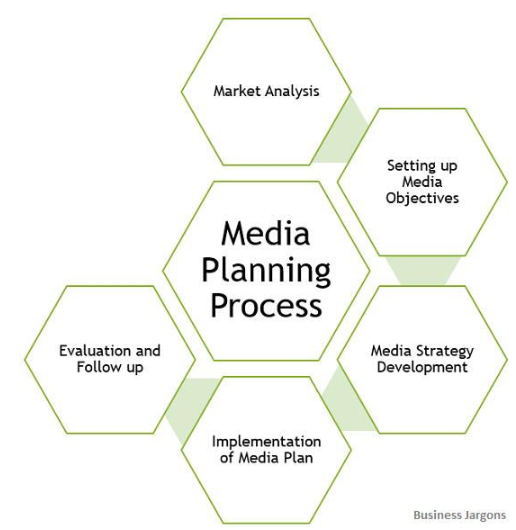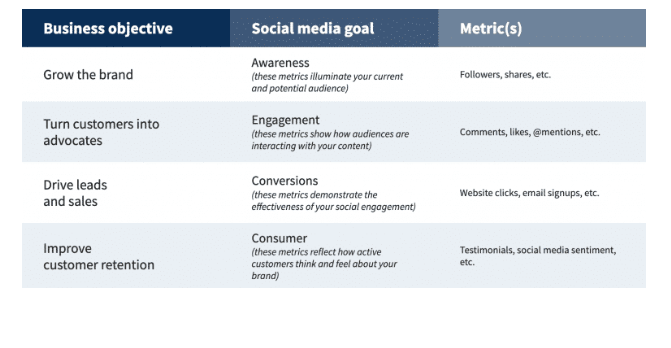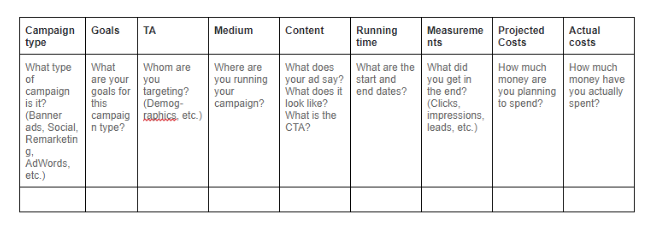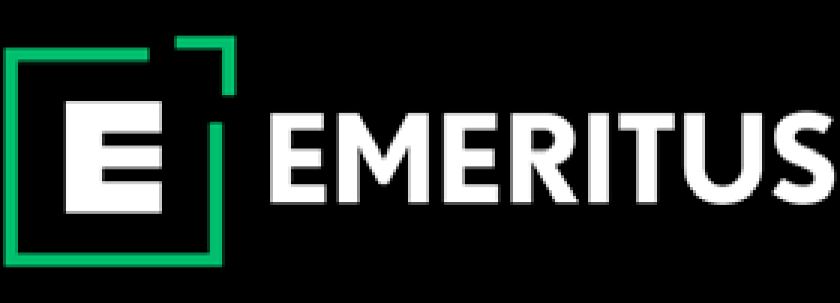What Is Media Planning? Decode the Process of Creating a Media Plan

In today’s evolving digital landscape, if you want to stay competitive amidst the changing dynamics, staying connected with your audience is a must. That means you need to share different forms of content like images, videos, podcasts, and written content; to stay in touch with your target audience. This is an ideal way to boost your awareness, engagements, conversions, and revenue. Not just that, but it will also help you stand out from your competition. However, keeping track of media content for digital marketing can get confusing over a while.
Therefore, in this guide, you will learn about what is media planning and how to can create a media plan to combat the challenges of tracking media content.
What is Media Planning?
Media planning is the process of selecting and organizing the most effective media channels to deliver a particular advertising message to a target audience. It involves researching, buying, and monitoring advertising space and time across different media platforms, such as television, radio, print, online, and outdoor media.
The primary objective of a media plan is to reach the target audience in the most cost-effective and efficient manner. To achieve this, media planners must consider factors such as:
- The target audience’s demographic profile
- Media consumption habits, and
- The message that needs to be conveyed
In short, a media plan is a critical component of any advertising campaign, as it helps ensure that the message reaches the target audience in the most effective and efficient manner possible. By carefully considering the target audience and campaign objectives, media planners can select the most appropriate media channels to reach their target audience and achieve their advertising goals.
Types of Media Planning
Media planning can be categorized into several types, including:
1# Traditional Media Planning
This type of media planning involves traditional media platforms such as television, radio, print, and outdoor advertising. It involves selecting the most appropriate media channels to reach the target audience, negotiating and purchasing advertising space and time, and monitoring and evaluating the effectiveness of the advertising campaign.
2# Digital Media Planning
This type of media planning involves digital media platforms such as websites, social media, search engines, and mobile devices. It involves selecting the most effective digital channels to reach the target audience, such as search engine optimization (SEO), pay-per-click (PPC) advertising, social media advertising, and mobile advertising.
3# Integrated Media Planning
This type of media planning combines traditional and digital media channels to reach the target audience. Moreover, it involves developing a comprehensive media strategy that leverages the strengths of both traditional and digital media platforms to deliver a consistent message and reach the target audience in a cost-effective and efficient manner.
4# Event Media Planning
This type of media planning involves promoting events, such as concerts, sports events, and trade shows, using a combination of traditional and digital media platforms. It involves developing a comprehensive media strategy to reach the target audience, promote the event, and increase attendance.
5# Direct Response Media Planning
This type of media planning is focused on driving a direct response from the target audience, such as a sale or a phone call. It involves using direct response techniques, such as call-to-action (CTA) and landing pages, to convert potential customers into paying customers.
However, media planning is a dynamic and ever-evolving process, with different types of media planning suited to different advertising objectives and target audiences. For example, if you consider today’s digital landscape, here are the types of media planning most known to marketers:
- Paid Media: It refers to the advertising where you use PPC, display ads, and branded content where you can place a brand using paid placements. It is a common way to boost sales and spread awareness.
- Owned Media: It refers to the content owned by a brand. It includes blog posts and social media accounts. This helps brands reach customers and improve brand awareness.
- Earned Media: It refers to the word-of-mouth marketing or publicity that the brand gets from other media outlets. It could come directly from customers, media houses, or shares or mentions on social media.
By weighing the cost and benefits of each platform, you can help your company decide which resources or forms of media will fit the best in its media plan.
Also Read: 5 Marketing Tools to Skyrocket Your Digital Marketing Strategy
How to Create a Media Plan: Decoding the Process

Source: Business Jargons
The media planning process typically involves several steps:
- Defining the target audience: This involves identifying the characteristics of the target audience, such as their age, gender, income, education, and media consumption habits.
- Setting the campaign objectives: The next step is to determine the advertising goals, such as increasing brand awareness, driving sales, or building brand loyalty.
- Conducting a media audit: This involves reviewing and analyzing the target audience’s media consumption habits and patterns and assessing the reach and impact of different media platforms.
- Developing a media strategy: Based on the target audience and campaign objectives, a media strategy is developed, outlining the most effective media channels and platforms to reach the target audience.
- Buying media: Once the media strategy is in place, the next step is negotiating and purchasing advertising space and time across the selected media platforms.
- Monitoring and evaluating: The final step in the media planning process is to monitor and evaluate the effectiveness of the advertising campaign, using metrics such as reach, frequency, and engagement to determine if the campaign is meeting its objectives.
Media Planning Templates That Can Help You Get Started
Hubspot

Hootsuite

The old way of Social media plan using Excel:

What Next? Improve Your Marketing Skills With the Emeritus.
So, if you want to keep upskilling and create new opportunities for yourself in the ever-changing digital landscape, taking up digital marketing certificate courses will help you secure your position in the market.








